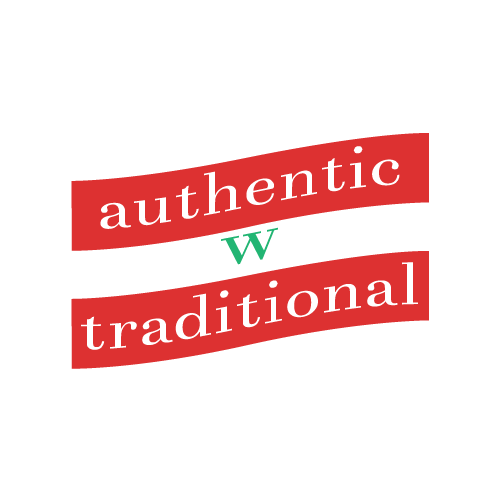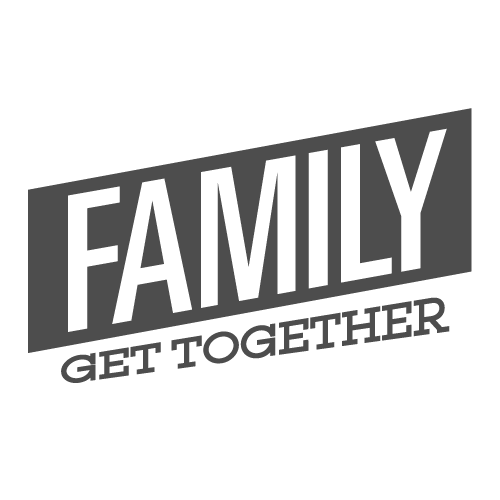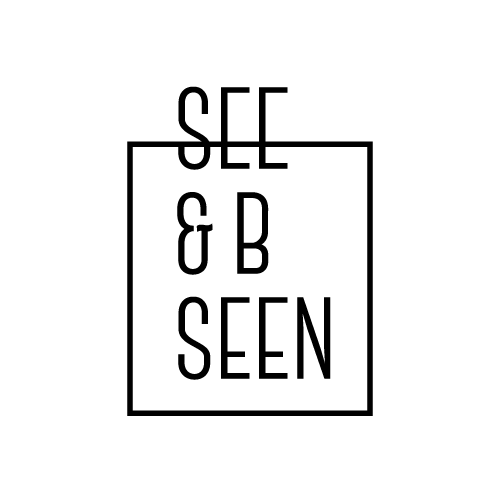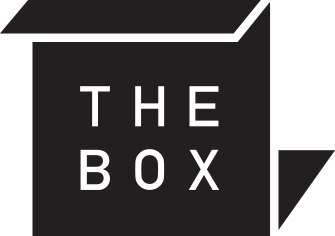Diversity in the workplace is more than simply a box to be checked; it's an ever-evolving collection of ideas, cultures, and experiences in a time when businesses span continents and the digital world transcends physical boundaries. However, while diversity is becoming more accepted, true inclusivity is still difficult to come by. It takes commitment to establish a workplace where every voice is heard, empowered, and respected to utilize the power of varied perspectives fully.
it's about breaking down conventional barriers and promoting a culture where everyone, from whatever background, feels comfortable in their workplace. So let’s dive into how to create a welcoming workplace for all.
Provide comprehensive employee benefits
Employees come from a variety of backgrounds in today's globalized society, each with its own set of requirements. Therefore, a one-size-fits-all strategy for benefits can be discriminatory. Therefore, businesses should design benefit plans that take into account and accommodate a variety of needs and niches. Consider providing paternity leave as an alternative to the standard maternity leave, in recognition of the value of both parents in raising children.
Recognize non-traditional family structures by giving domestic partners access to health benefits. Allow flexible holiday schedules in a multicultural workplace so that workers can choose to take time off for their own personal cultural or religious holidays. Employees are more likely to feel safe and accepted at work when they believe that their personal lives and decisions are recognized.
Offer opportunities for training and development
Regardless of their background, all employees should have access to opportunities for professional growth. By launching mentorship programs where seasoned personnel mentor newer or junior staff, organizations can support this. In addition to facilitating the transfer of skills, this also promotes ties between departments or levels of the hierarchy. Diversity-focused workshops and seminars can inform staff members about the value of a welcoming workplace.
Furthermore, collaborating with excellent disability employment services can help you realize the full potential of people with abilities and connect you with suitable candidates for your company. With the right fit of candidates, it is guaranteed that your company will thrive together with all employees inside of it.
Include D&I in hiring and recruitment procedures
The basis of diversity within a firm begins with the employment procedures. Using a number of recruitment sources is crucial if you want to be sure that you're contacting a wide range of possible applicants. This entails participating in career fairs for underrepresented groups as well as posting job ads on popular job boards, and collaborating with institutions that specialize in minorities. For companies expanding their workforce across borders, partnering with a reliable employer of record can streamline global hiring while ensuring compliance with local labor laws, helping to maintain a fair and diverse recruitment process. Unconscious prejudice can significantly impede fair hiring because it is frequently based on cultural standards and personal experiences. It is essential to train interviewers to identify and combat these biases. Additionally, establishing structured interviews where the same set of questions are asked of each candidate might aid in reducing biases. Businesses can ensure they evaluate candidates based on quality and potential rather than unimportant or biased considerations by developing an objective set of criteria.
Honor cultural diversity
A varied workforce brings a kaleidoscope of cultures, customs, and histories with it. By promoting cultural events and celebrations, organizations can draw from this vast store. Consider a monthly gathering when teams alternately present aspects of their cultural heritage, such as food, music, storytelling, or art. Such activities promote respect and cooperation among coworkers in addition to breaking up the monotony of everyday tasks. A workplace calendar that takes into account different religious and cultural holidays notifies everyone of important dates and can be used to create respectful scheduling without unnecessarily offending or upsetting anyone.
Promote comments and free discussion
An environment where input is welcome and communication is open shows great leadership. Companies should actively establish avenues where staff members can express their ideas or worries about D&I without fear of retaliation. Regular surveys, suggestion boxes, or public forums could be used for this. To assess and take action on input received, diversity councils or committees composed of people from various departments and levels can also be formed. In order to guarantee that the company's D&I projects are consistently relevant, successful, and inclusive of all voices, the goal is to establish a loop of continuous feedback and action.
As the corporate landscape around the world changes, diversity and inclusion play a crucial role. True inclusion involves actively incorporating these multiple viewpoints into the organization's decision-making, innovations, and culture. It goes beyond simply having a diverse staff. Businesses can only fully realize the potential of their teams when they make an active effort to comprehend, recognize, and act upon the distinctive ideas that each member contributes. Companies that accomplish this not only support societal advancement but also establish themselves as industry leaders in a cutthroat, linked world.






































